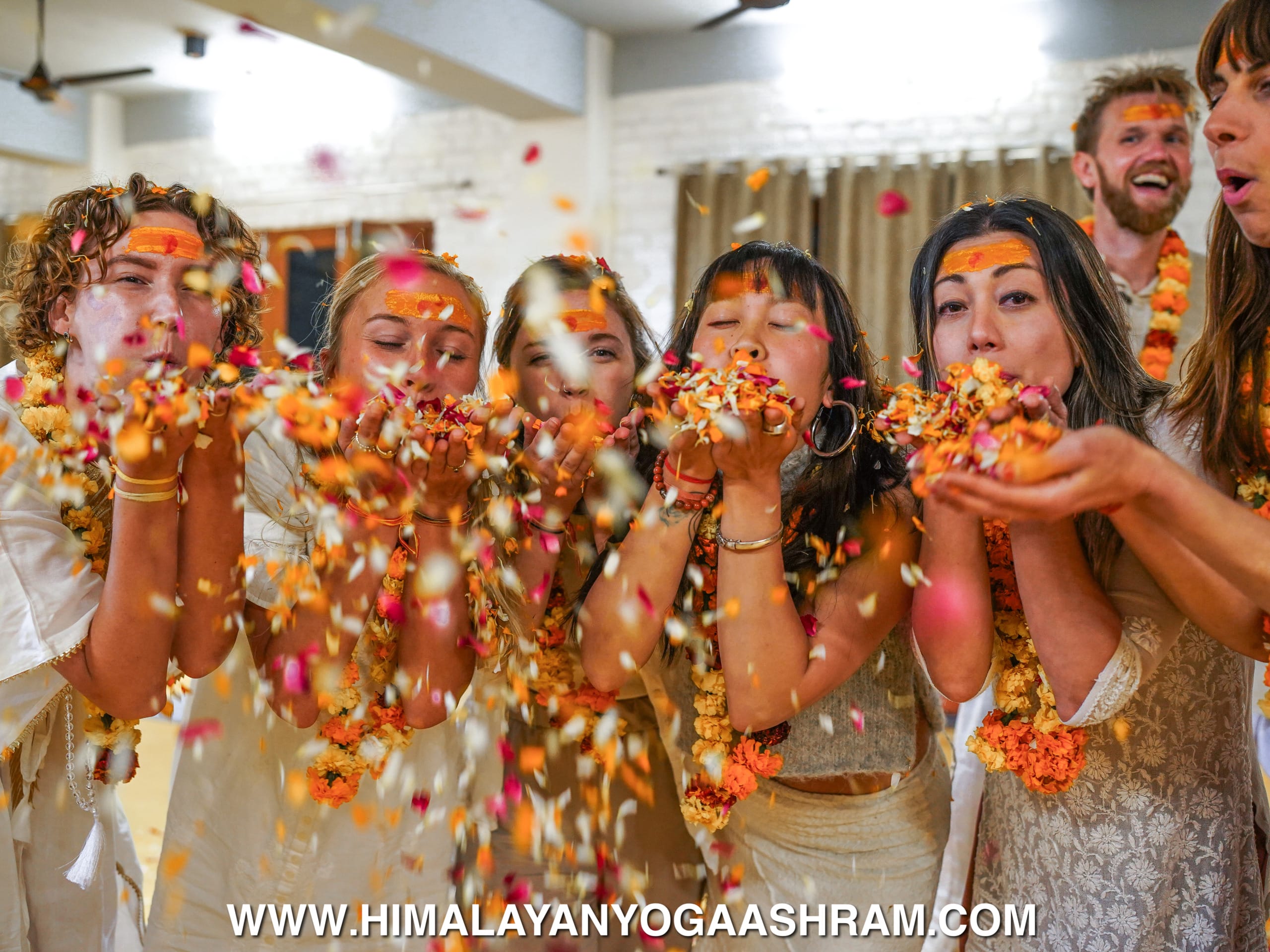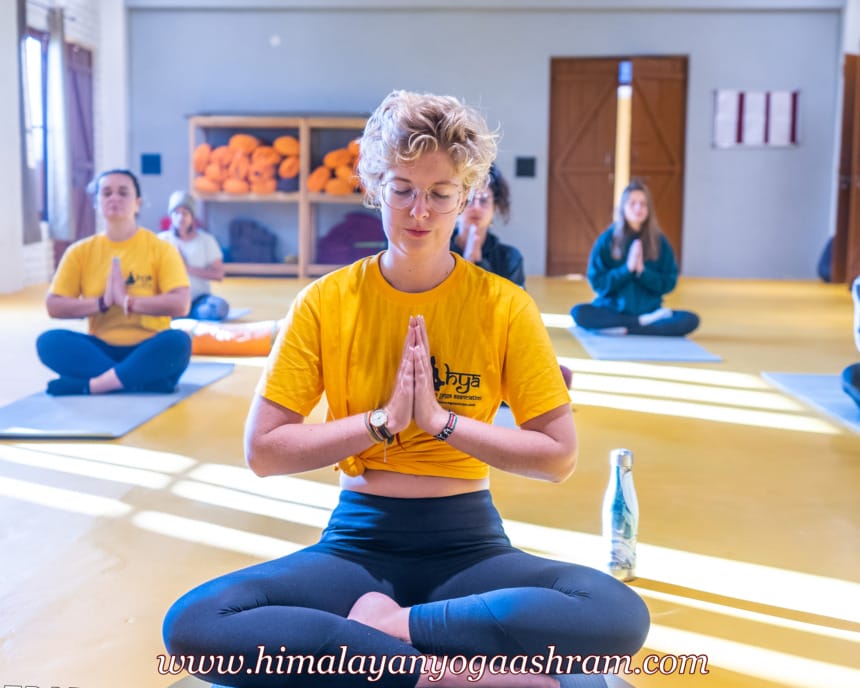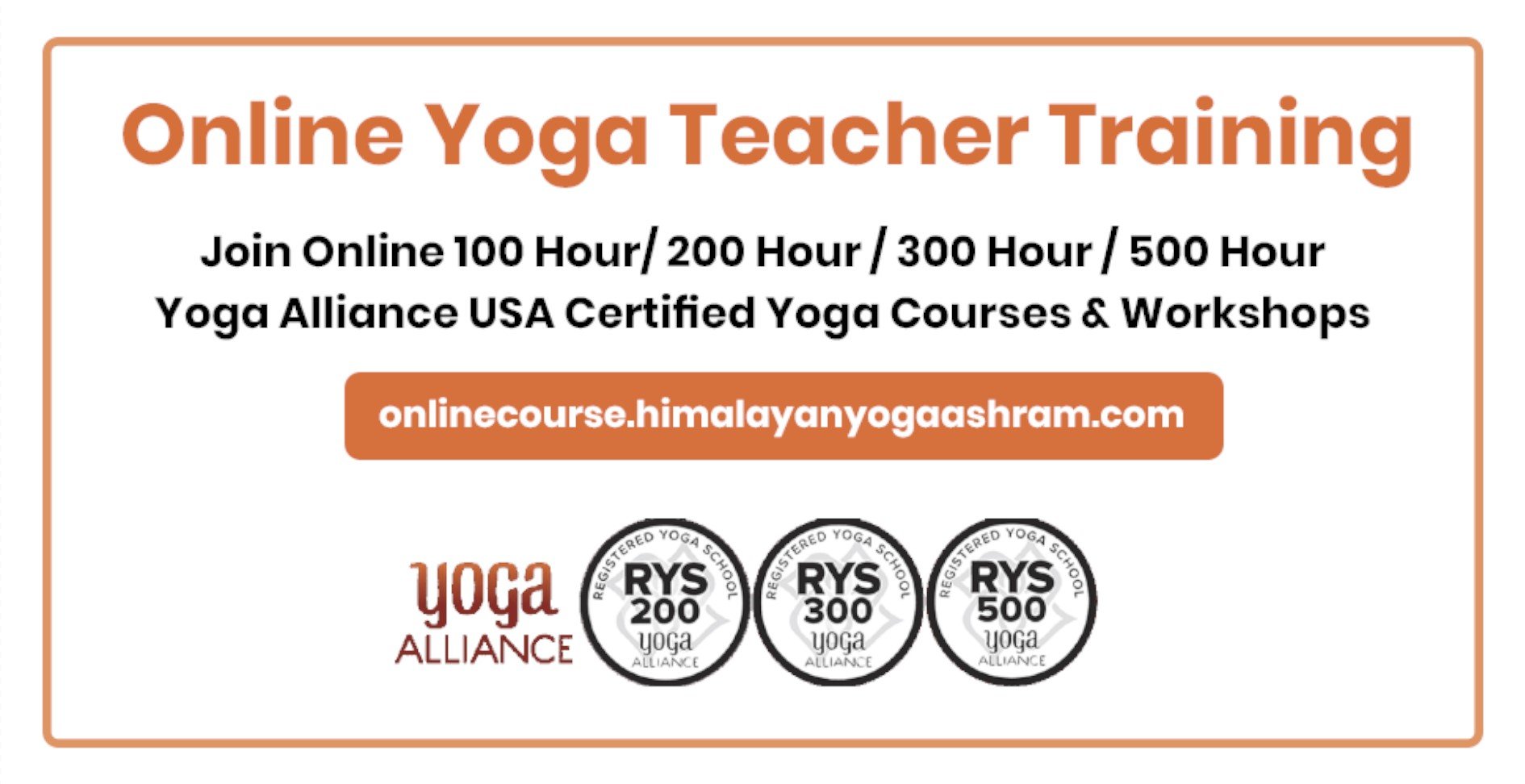Balancing Mind In The Modern World: Unveiling Science Behind Yoga And Meditation For Optimal Mental Health
By Himanshu Joshimeditation, Yogameditation, modern yoga, morning yogaAccording to a study, 60% of factors related to our lifestyle impact our overall health and well-being.
The technological era has taken a toll on our lives. The ever-increasing demands have led to high stress and anxiety, which ultimately takes a toll on our overall health. An unhealthy lifestyle has a prominent role in the rising mental health issues among people. The constant barrage of data, work-life imbalance, and personal challenges are impacting our psychological health in the long run.
It is impossible to abstain from using technology as we depend on it to sustain a living. However, adopting certain tools and techniques to manage your stress levels and nurture your mental well-being is recommended.
Yoga is an excellent way to boost mental health and promote holistic well-being.

Benefits
How Yoga Can Help Minimize Stress And Anxiety?
Yoga is a holistic ritual that includes asanas, breathing, and meditative techniques that act as a beacon of balance in our chaotic lives. It not only offers benefits for your physical well-being but is a powerful tool to fight against mental health issues as well. According to research, yoga is beneficial in alleviating mental health illnesses like stress, anxiety, and mild depression.
The mindful amalgamation of body postures with breathing techniques increases awareness about one’s body and promotes emotional resilience. Additionally, inculcating meditation with yoga helps regulate our emotions and face daily challenges with a positive mindset. Meditative techniques can improve well-being when combined with fitness and healthy eating practices.
Various Techniques In Yoga For Stress Reduction
Here are some techniques in yoga that will help you foster a sense of calm and serenity in your everyday life.
Pranayama (Breathing Techniques)
Pranayama refers to breathing exercises that relax your body and mind. The technique encourages mindfulness, improves sleep quality, and increases lung capacity. You can perform these exercises at any time of the day. Pranayama is beneficial for navigating through challenging situations in day-to-day life.
Here are some pranayama you can perform for good mental health.
Simhasana (Lion’s Breath)
Simhasana pranayama is a popular breathing exercise that involves a unique sitting posture and breathing method. The technique helps to release tension and unresolved emotions in the body.
How To Perform?
The pranayama is usually performed at the end of an asana. However, one can practice it at any time of the day.
- To perform Simhasana Pranayama, initiate by sitting cross-legged.
- Put your hands on your knees with your fingers open and take a deep breath through your nose.
- Now exhale by opening your mouth wide, sticking out your tongue, and exhaling forcefully, making a “ha” sound that resembles a lion’s roar. During exhalation, keep your focus on the space between your eyebrows.
- Repeat this process as many times as you like.
Health Benefits
- Release tension in the face and neck
- Alleviates stress and anxiety
- Enhances lung function.
- Gently stimulates the throat and thyroid gland
- Releases pent-up emotions
Bellows Breath (Bhastrika)
The pranayama helps to increase oxygen flow in the body. Bhastrika involves rapid inhalation and exhalation to provide your body with rapid energy. The technique is also known as yogic breath of fire.
How To Perform?
- Sit in a cross-legged position or Vajrasana. This position helps to increase the effectiveness of Bhastrika pranayama.
- Now close your palms and fold your arms near your shoulder. Take a deep breath and raise your hands. Now open your fists.
- Exhale forcefully and bring your arms down. Close your fists again.
- Repeat the procedure 20 times and relax with your palms on your thighs.
Health Benefits
- Boosts metabolism
- Enhances lung capacity
- Increases blood circulation
- Alleviates stress and fatigue
- Improves mental clarity
Ujjayi Pranayama (Victorious Breath)
Ujjayi pranayama is also known as the ocean’s breath due to its calming nature. The practice encourages diaphragmatic breathing, which helps enhance lung function. Additionally, breathing exercises help maintain optimum energy levels in the body. It also improves the focus of breath, strengthening the effectiveness of the asana in which it is performed.
How To Perform?
- To initiate Ujjayi, sit in a comfortable seated position. Prepare your body by focusing on your breathing pattern.
- Take a deep breath and inhale with your nose. Now, exhale slowly with a slightly constricted throat, producing a gentle “oceanic” sound. It is advised to keep your mouth closed throughout the practice.
Health Benefits
- Enhanced oxygenation
- Improved concentration and focus
- Alleviates stress and anxiety
- Enables a deeper connection of the mind and body
Nadi Shodhana Pranayama (Alternate Nostril Breathing)
This breathing technique helps to purify the subtle energy channels in the body. The removal of these blockages has a soothing effect on the body. Also known as Anulo Vilom pranayama, the breathing exercise helps to minimize stress and tension in the body.
How To Perform?
- Sit straight on a cushion, keeping your shoulders relaxed. Now place your left hand on your knee in a chin mudra.
- Now draw your right hand towards your face and place your index and middle finger between the space of your eyebrows.
- Use your right thumb to breathe through the right nostril and your left ring finger for the left nostril.
- Now, inhale deeply through the right nostril and exhale through the left nostril. Now, repeat the process by reversing the nostrils for inhalation and exhalation.
- Keep repeating the process up to 9 times.
Meditation Techniques To Manage Stress
Meditation acts as a therapeutic method to alleviate symptoms associated with various mental disorders like mild depression. It helps to embrace the present and reduce triggers related to stress.
Here are some techniques to help you attain inner peace.
Mindfulness Meditation
This technique enables you to acknowledge your feelings and draw your focus towards the present moment. People assume that mindfulness is all about relaxing and eliminating negative thoughts from our minds. It makes you aware of your emotions without getting lost in them.
Here is a step-by-step guide to performing it.
- Choose a serene place – Select a comfortable place to sit down or on a chair. Keep your back straight and relax your body. Rest your palms on your knees.
- Pay attention to your breath – close your eyes and focus on your breathing pattern. Let it flow naturally without trying to control it.
- Embrace the present – While breathing, your mind may get distracted by sounds or random thoughts. Acknowledge these emotions and release them. Now, again, draw your attention toward inhalation and exhalation.
- Practice this technique for 5 minutes initially and gradually increase your duration of meditation.
Benefits of Mindfulness
- Manage emotional distress
- Reduce judgemental attitude
- Boost’s memory and concentration
- Enhances cognitive abilities
- Increase cell connectivity
Loving-Kindness Meditation (Metta)
As the name suggests, this meditation technique promotes self-love and care. It is also beneficial to manage stress levels and achieve holistic well-being. This method helps individuals to be empathetic and practice forgiveness.
Here is a step-by-step guide to performing it.
- Find a peaceful place to sit down and relax. Take a few deep breaths before initiating.
- Now close your eyes and repeat affirmations like “May I be happy, May I be healthy, May everyone I be secure and at peace.”
- Now extend these affirmations to others around you and every creature on this planet.
Benefits Of Loving-Kindness Meditation
- Improves emotional health by minimizing negative feelings
- Enhances empathy and compassion
- Reduces stress and anxiety
- Strengthens interpersonal relationships
- Promotes harmonious outlook on life
Guided Imagery Meditation
This calming technique involves creating positive imagery in the mind. It is often practiced with the assistance of a guide or recorded script. Visualizing happy moments in one’s life helps to alleviate stress, improve sleep quality, and improve overall health in the long run.
Here is a step-by-step guide to performing it.
- Find a quiet place to sit or lie down, and close your eyes. Now, take a few deep breaths.
- Begin by following the guidance of an expert or recorded script.Try to think about beautiful landscapes, happy moments, or positive scenarios. Imagine the sounds, smells, and details associated with these mental images through your senses.
- Now, hold on for a few minutes and open your eyes slowly to embrace the present.
Benefits of Guided Imagery Meditation
- Emotional resilience
- Manage stress levels
- Promotes relaxation and emotional well-being.
- Alleviates anxiety
- Improves quality of sleep
- Fosters positive thoughts
Mantra Meditation
Mantra meditation is a technique that involves chanting mantras repeatedly. According to the latest research, the mantra meditation reduces racing thoughts and calms the nervous system.
Here is a step-by-step guide to performing it.
- Choose an uplifting poem, phrase, or word you like to initiate the meditation. You can consult an experienced yoga practitioner for the same.
- Sit straight in a comfortable position on a folded blanket or chair and keep your spine straight. Now, close your eyes and take a few deep breaths to relax.
- Now, recite the mantra slowly and concentrate on its sound. You can split the mantra in half and recite the first half during inhalation and the second half during exhalation.
Benefits of Mantra Meditation
- Reduced overthinking
- Improves concentration and mental clarity.
- Deepen the connection of mind and body
- Reduces mental ailments like anxiety and mild depression.
Science-Backed Benefits Of Yoga And Meditation For Improved Mental Health
Including yoga and meditation in your daily life can offer numerous perks for your overall health. Let us look at science-backed evidence regarding the benefits of yoga on mental well-being.
Yoga Helps In Managing Stress
According to research, the singing bowl meditation can reduce stress levels over time. Stress levels are increasing among people due to various factors. Thus, people are adopting the yogic way of life for their physical and mental well-being.
Yoga Practise Helps Control Anxiety
Mental health ailments like depression and anxiety have become common in today’s world. Yoga and pranayama have become effective tools for managing these symptoms. According to research, yoga techniques are an effective tool to fight against depression.
Meditation Improves Self-Awareness
Inculcation of meditation in your yoga routine can help you understand yourself better. It can help you work on your triggers and weaknesses and improve your quality of life. According to research, practicing mindfulness can enhance your problem-solving and creative abilities in the long run.
Mindfulness Improves Quality Of Sleep
Stress and anxiety can harm our sleep patterns. Many people struggle with insomnia and daytime sleepiness due to work pressure. Meditation can help you let go of tension in your body and sleep peacefully at night. According to research, people who practice meditation experience improved sleep quality.
Meditation Can Help Manage High Blood Pressure
High stress levels, and an unhealthy lifestyle can lead to high blood pressure. Individuals with high blood pressure are also at risk of life-threatening diseases like heart attacks. According to research, meditation and controlled breathing can reduce high blood pressure. Moreover, it also improves blood flow in the body.
Yoga Techniques Can Reduce Burnout
Excessive workload at work can lead to burnout and high stress. Thus, awareness of your body signals regarding taking a break is recommended. According to a study, yoga and meditation can increase self-awareness and reduce burnout.
Wrapping Up
The digital era has led to an improved quality of life for many individuals. However, overuse of technology, poor lifestyle, and eating habits are having a negative impact on our physical and mental health. These scientific findings suggest the benefits of yoga and meditation to achieve good health and well-being. Incorporating yoga and mindfulness in our daily lives offers many advantages, like better sleep, improved self-esteem, and refraining from mental health disorders in the long run. While research about yoga’s health benefits is ongoing, the results will surely be advantageous. Hence, seeking advice from a yoga expert is recommended if you wish to know more about these transformative meditative techniques. With each step and regular practice, you will become an expert in meditation in no time. Moreover, the ease of performing these techniques and zero investment of money or equipment makes it ideal for everyone to unlock health benefits.






